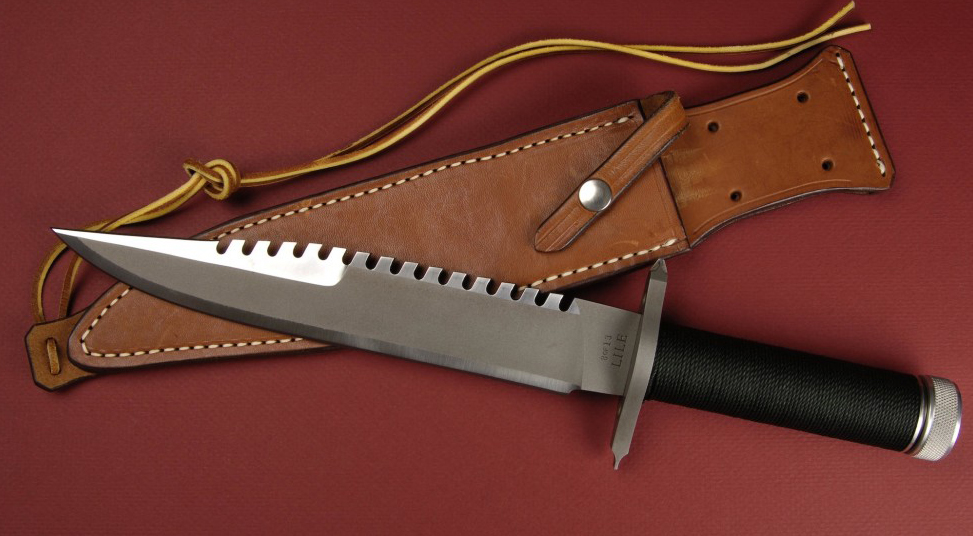Here is SurvivalBlog’s News From The American Redoubt. This weekly column features news stories and event announcements from around the American Redoubt region. We also mention companies of interest to preppers that are located in the region. The emphasis this week is on the new Boar’s Head Highland Butchery.
Region-Wide
First off, here is the latest from The Sandpoint Reader‘s lengthy series of articles: The American Redoubt Series: Ruby Ridge to Redoubt–A brief history of anti-government sentiments in North Idaho. JWR’s Comments: The earlier installments of their series were relatively free of bias. But here we see much more blatant bias and outright Guilt by Non-Association. The writer (Ben Olson) started off with the caveat: “To be clear, these are separate movements with distinct precepts from the Redoubt, but past ideologies in North Idaho influenced a climate that can still be felt today.” Say what? Why, Mr. Olson, are you mentioning these movements in the same context? One could infer that the subtext is: “Here is a chance to roll out SPLC propaganda to smear a movement. We’ll do so by dredging up 25+ years of history of completely unrelated movements, to form a subconscious connection, in the minds of our readers.” For Olson to suggest that a profoundly anti-racist movement like the American Redoubt movement has somehow been influenced by defunct racist movements is absurd.
For the record, once again: The American Redoubt movement is not racist. Nor are we anti-Semitic. (Most of us are in fact outspokenly pro-Israel.) Nor is the Redoubt movement “anti-government.” We are distinctly pro good government. To me, that is generally synonymous with minimalist government, with few regulations, little intrusiveness, no residential building codes or permits, and low taxation. (In sum: “That which governs least, governs best.”) To incorporate descriptions of the radically anti-Semitic Christian Identity movement and the overtly racist KKK into the American Redoubt movement article series is more than just shoddy journalism. It is a none-too-subtle smear, and I wish to condemn it.
Idaho (Boar’s Head Highland Butchery)
Congratulations to fellow blogger Enola Gay of the great Paratus Familia blog. She and her family just opened a butcher shop in Weippe, which is in north central Idaho, just above the Clearwater River Valley. It is called Boar’s Head Highland Butchery. Please pray for their safety and success. For some details, see: A New Chapter – the Grand Opening!
o o o
Police seek leads in Clark Fork murder case
o o o
Idaho is Nation’s Fastest-Growing State, Census Bureau Reports. (JWR’s Comment: I’m confident that the American Redoubt movement has contributed to this substantial growth, to some degree.)
Continue reading“SurvivalBlog’s News From The American Redoubt”













